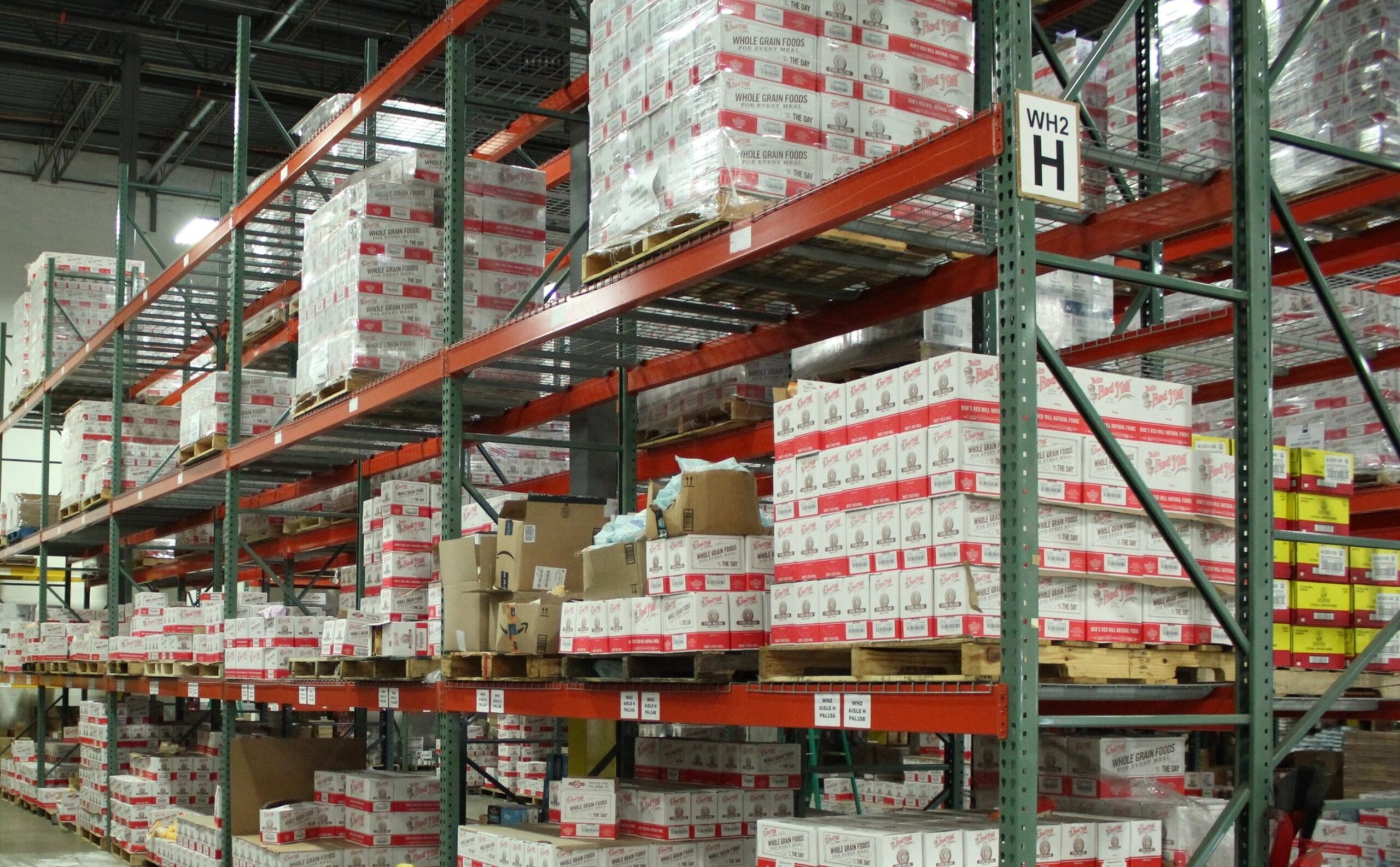Contents

Reshipping involves the need to replace an order (send a customer an order a second time) typically due to damage in transit, shipping errors, or order mistakes. Reshipment can cut into an e-commerce business’s bottom line. It needs to be attended to properly, both to protect profit margins and to keep customers happy.
Online sales are up and so are online return rates. In 2021, the average rate of returns for online sales was more than 20%.
Mistakes due to shipping or order errors are bound to occur. As an e-commerce business, reshipping is something to be aware of and understand how to do well.
Reshipping Defined
Anytime an order needs to be replaced — for any reason — it is called reshipping. An order may need to be reshipped if it is damaged or lost in transit, or if the wrong order is received.
Reshipment can be due to mistakes on the part of the retailer, shipping carrier, or customer. Whatever the cause, reshipping involves sending out an order to a customer a second time.
Causes for Reshipping
There are a variety of reasons that a customer can ask for a replacement item that requires reshipping. In order to maintain customer satisfaction and loyalty, reshipment is often the right course of action for a business.
Reshipping can be necessary if the product was damaged during transit, if the customer did not receive the item they ordered, or if the shipment never made it to the customer.
Damaged Goods
Items can become damaged during the shipping process due to mistakes on the part of the merchant or shipping carrier. If the item is packaged incorrectly or insufficiently by the merchant, for example, it can move around too much and become damaged in transit. Similarly, items can become damaged due to rough handling or a shipping carrier’s mistake.
Regardless of the reason for the damage, the merchant should reship the item for the customer, so they will receive the product they ordered in good condition.
Wrong Item Received
Using automated or advanced fulfillment processes can help to minimize order mistakes, such as picking the wrong product. Order accuracy is generally very high, but it is not 100% accurate all of the time. In the event that the customer receives the wrong order, it is the duty of the retailer to reship the correct item.
Item Lost in Transit
Package theft, damage to shipping labels, or incorrect address information can all lead to a package that becomes lost in transit and never arrives at the customer’s location. Even if the mistake is not on the part of the retailer, the merchant should reship a customer’s order if it is lost in transit.
Best Practices for Reshipment
Customer trust is essential for continued loyalty and customer satisfaction. Repeat and existing customers can make up more than half (65%) of your business sales. Therefore, customer loyalty is essential for protecting your bottom line.
Even if a product is damaged or lost, or the circumstances were out of your control, it is your responsibility to reship items to customers to keep them happy and coming back for future purchases.
There are a variety of reshipping best practices to follow to ensure customer satisfaction, such as these:
Maintain a Digital Paper Trail
It is vital to keep a digital paper trail to be able to provide proof about any potential shipping orders. Using an order management system can help to offer visibility into your inventory, so you can see where the product is at any point along the order fulfillment process.
When you are able to track the package from order receipt all the way through to fulfillment, you are better able to investigate potential shipping issues or mistakes.
Use Shipping Insurance
Shipping insurance can help to protect the shipper from further losses on high-value items due to shipping mistakes or damage. The cost of shipping insurance can vary based on the carrier and value of the item. It is a good idea to have this insurance to keep your losses to a minimum in the event of damage, theft, or lost packages, as the shipper will be reimbursed for these issues.
Remain in Contact With the Customer
To help protect the integrity of your brand, it is essential that you maintain clear and effective communication with your customer. In the event that there are any issues in transit, be sure to let them know immediately and reassure them that you will be reshipping their item in a timely fashion.
Take Steps to Prevent Future Errors
Mistakes are a part of any business, but it is also important to ensure that you are learning from these mistakes, so the same errors are not repeated.
Whenever an error or potential issue is discovered in the retail supply chain, be sure to take the necessary steps to correct the problem. Investigate what went wrong as best you can, and try to find a way to ensure that it does not happen again.
Partnering With a 3PL
A third-party logistics (3PL) provider can offer you high order accuracy rates as well as coverage and reshipment options in the event that something goes wrong during order fulfillment. Benefits of a 3PL related to reshipping include the following:
- Shipping insurance for damaged items: A 3PL often offers courtesy shipping insurance of up to $100 of the order’s retail value to help recover some of the lost costs due to damage during transit.
- Reshipping at no cost for wrong orders: A 3PL will commonly reship items at their own expense in the event of a picking error that resulted in the wrong item being shipped.
- Quick remedy of orders lost in transit: While the 3PL will not cover the loss, merchants are able to quickly identify when items are lost and create a reshipment order.
References
A More Than $761 Billion Dilemma: Retailers’ Returns Jump as Online Sales Grow. (January 2022). CNBC.
Customer Retention Statistics – The Ultimate Collection for Small Businesses. (January 2021). Small Business Trends.




